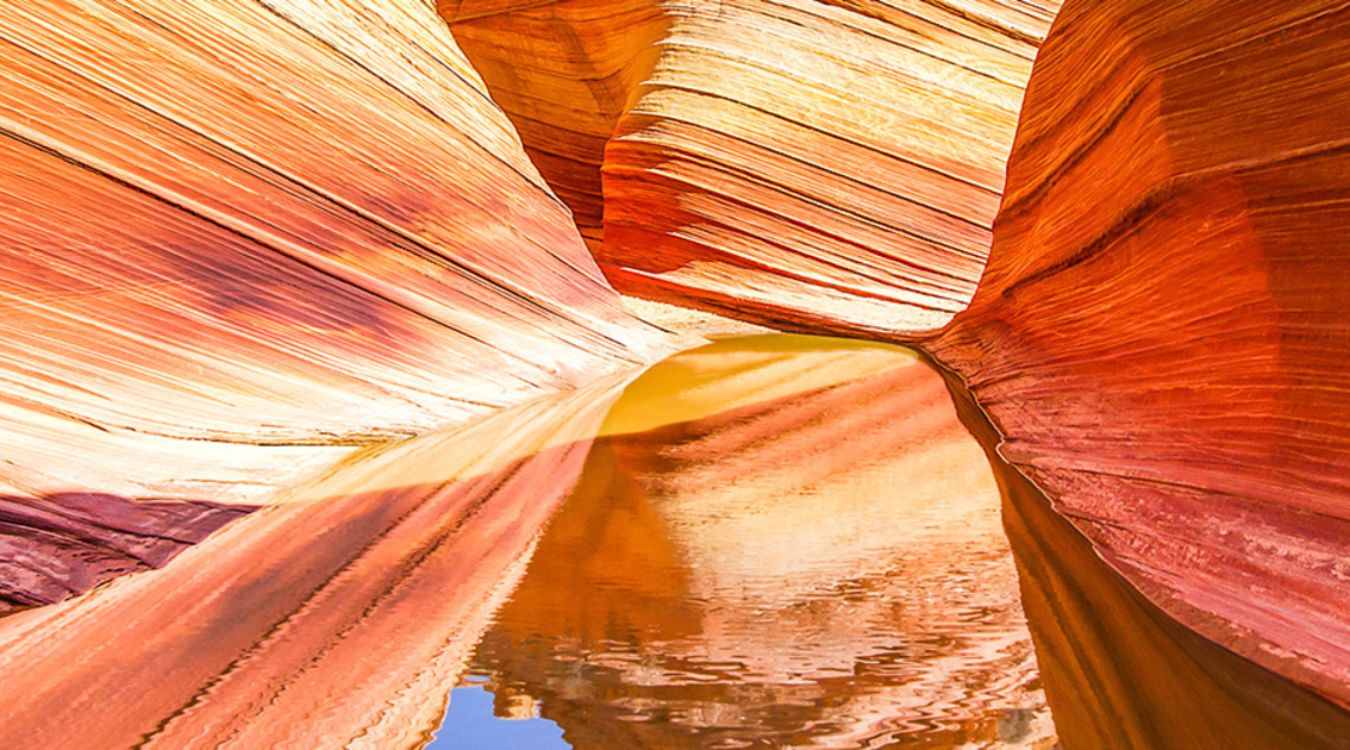Secrets Of Arizona’s Copper-Tinted Canyon Striations

Have you ever wondered why Arizona's canyons have such unique copper-tinted striations? These striking colors come from the rich mineral deposits found in the rock layers. Over millions of years, natural processes like erosion and sedimentation have exposed these vibrant hues. The Grand Canyon is a prime example, showcasing layers of red, orange, and brown. Each layer tells a story of ancient seas, volcanic activity, and shifting tectonic plates. Exploring these canyons offers not just breathtaking views but also a glimpse into Earth's geological history. Ready to learn more about these natural wonders? Let's dive into the secrets behind Arizona's stunning landscapes.
Secrets of Arizona's Copper-Tinted Canyon Striations
Arizona's canyons are a marvel of nature. Their copper-tinted striations tell stories of ancient rivers, shifting tectonic plates, and eons of geological history. Let's dive into some of the most breathtaking spots where these natural wonders can be seen.
Grand Canyon National Park
The Grand Canyon is a world-renowned destination. Its vast expanse and intricate layers reveal millions of years of Earth's history.
- South Rim: Offers the most iconic views. Perfect for first-time visitors.
- North Rim: Less crowded, providing a more secluded experience.
- Havasu Falls: A hidden gem with turquoise waters contrasting the red rocks.
Antelope Canyon
Antelope Canyon is famous for its wave-like structure and light beams shining down into the openings of the canyon.
- Upper Antelope Canyon: Known for its easy access and stunning light beams.
- Lower Antelope Canyon: Offers a more adventurous trek with ladders and narrow passageways.
Sedona's Red Rock Country
Sedona's red rocks are a sight to behold. The vibrant hues and unique formations make it a must-visit.
- Cathedral Rock: A popular hiking spot with panoramic views.
- Bell Rock: Easily accessible and great for beginners.
- Devil's Bridge: A natural arch offering breathtaking views.
Monument Valley
Monument Valley's towering sandstone buttes are iconic. The landscape has been featured in countless films and photographs.
- The Mittens: Two large buttes that resemble mittens.
- John Ford's Point: Offers a classic view of the valley, named after the famous director.
Canyon de Chelly National Monument
Canyon de Chelly combines natural beauty with rich cultural history. The canyon has been inhabited for thousands of years.
- Spider Rock: A towering spire with significant cultural importance to the Navajo people.
- White House Ruins: Ancient cliff dwellings that can be accessed via a hiking trail.
Painted Desert
The Painted Desert is a vast area of badlands, known for its colorful rock formations.
- Petrified Forest National Park: Home to ancient petrified wood and vibrant landscapes.
- Tawa Point: Offers sweeping views of the colorful desert.
Vermilion Cliffs National Monument
Vermilion Cliffs is a remote and rugged area, known for its striking cliffs and unique formations.
- The Wave: A famous rock formation with wave-like patterns.
- Paria Canyon: Offers a challenging but rewarding hike through narrow canyons.
Conclusion
Arizona's copper-tinted canyon striations are a testament to the power and beauty of nature. Each location offers a unique glimpse into the geological history of the region. Whether you're an avid hiker or a casual sightseer, these spots are sure to leave you in awe.
Reflecting on Arizona's Copper-Tinted Canyon Striations
Arizona's copper-tinted canyon striations offer a unique glimpse into the Earth's geological history. These stunning formations, shaped over millions of years, reveal layers of sedimentary rock that tell stories of ancient environments. Exploring these canyons, like the Grand Canyon or Antelope Canyon, provides not only breathtaking views but also a deeper appreciation for natural processes. The vibrant hues of red, orange, and brown are a result of oxidized minerals, primarily iron and copper, which paint the canyon walls with their rich colors. Whether you're hiking, photographing, or simply marveling at the scenery, these striations are a testament to the power of nature. So, next time you find yourself in Arizona, take a moment to appreciate these geological wonders. They are more than just rocks; they are pages in the Earth's history book.

